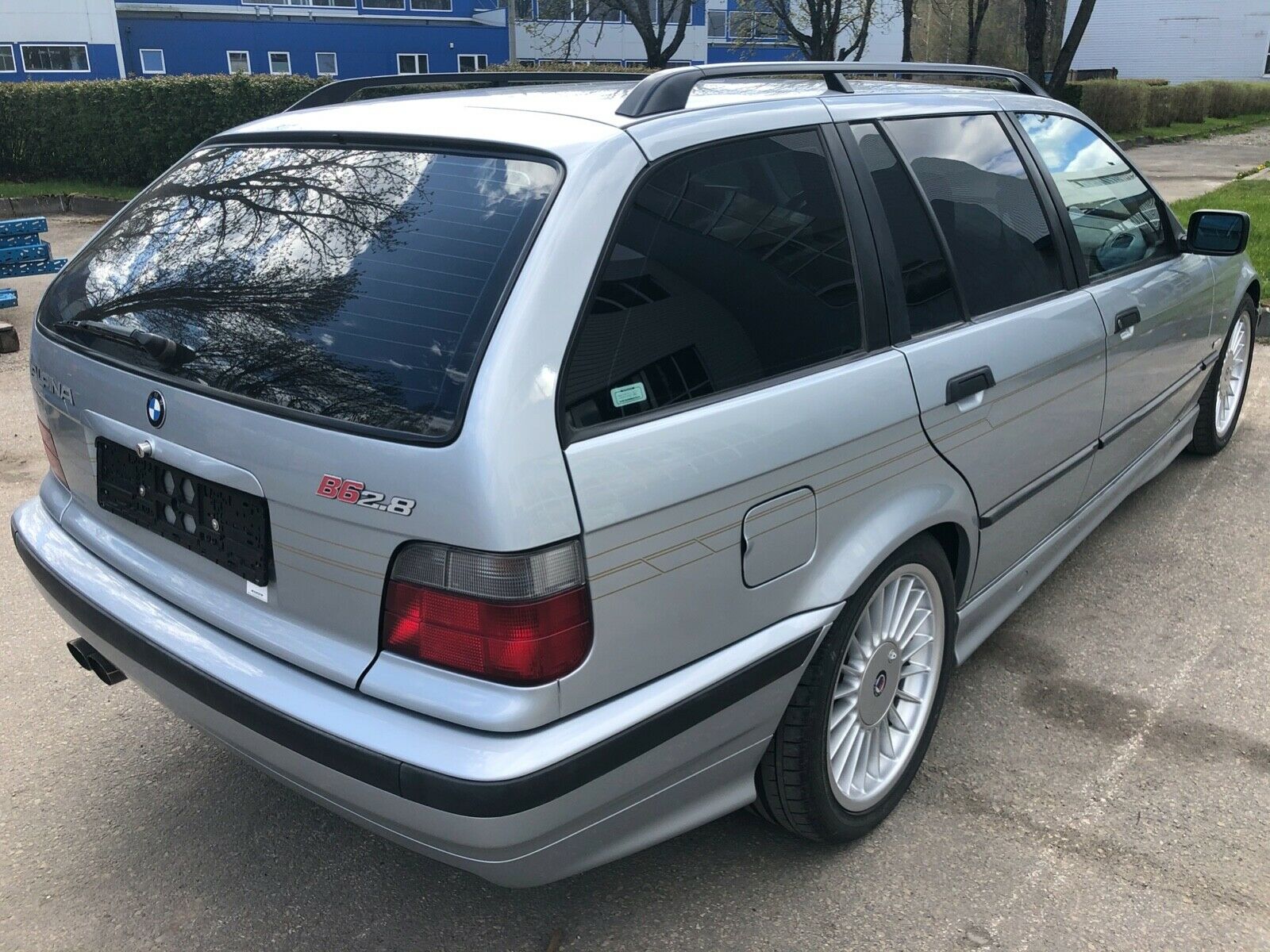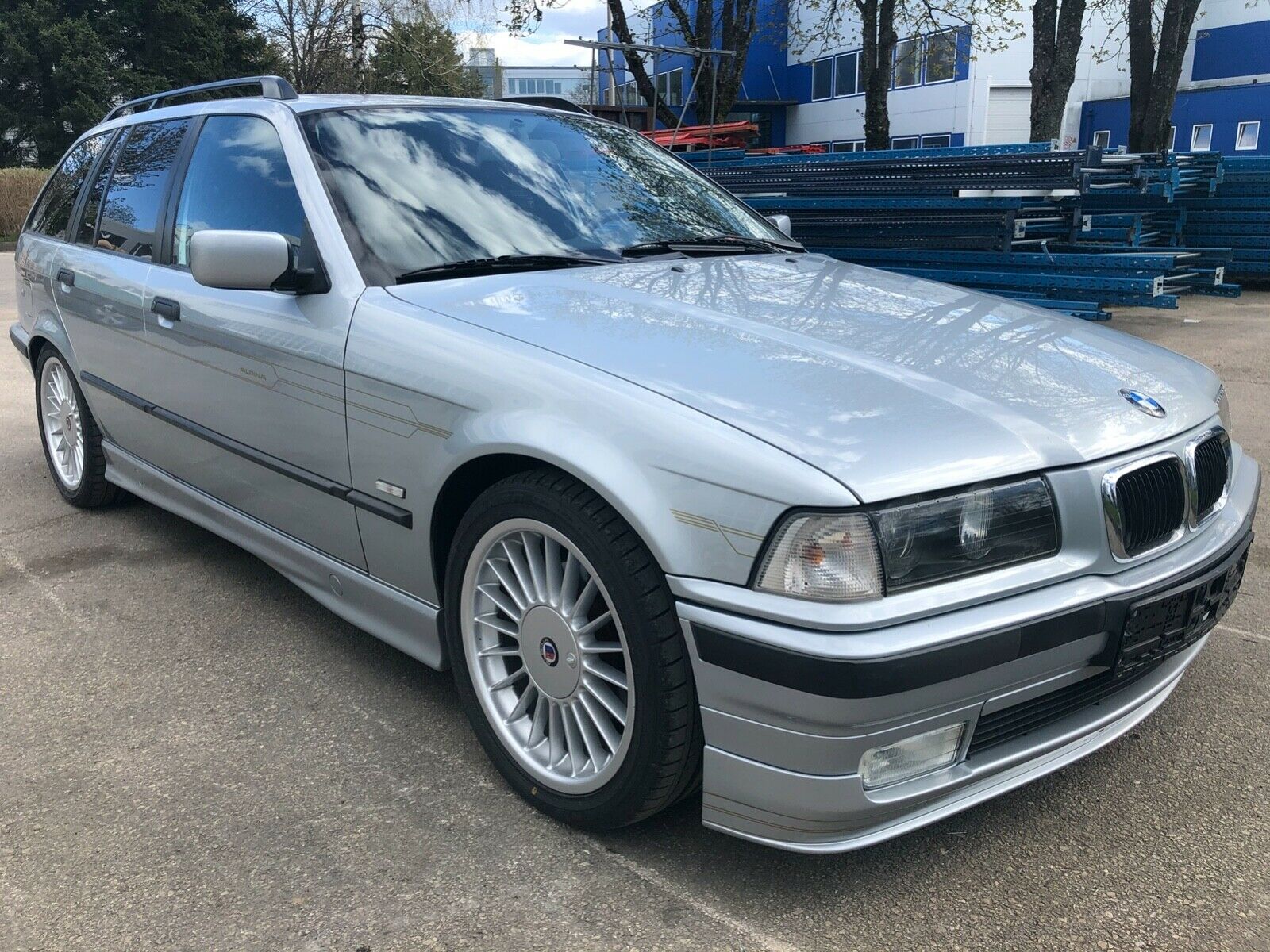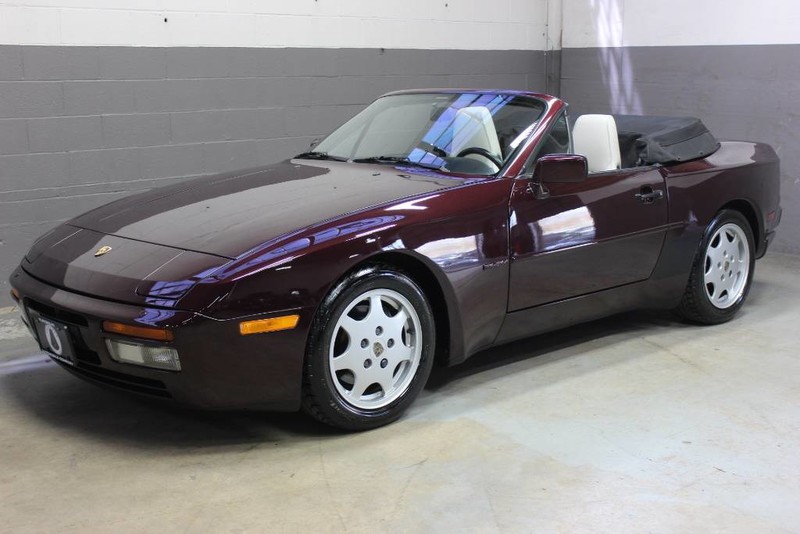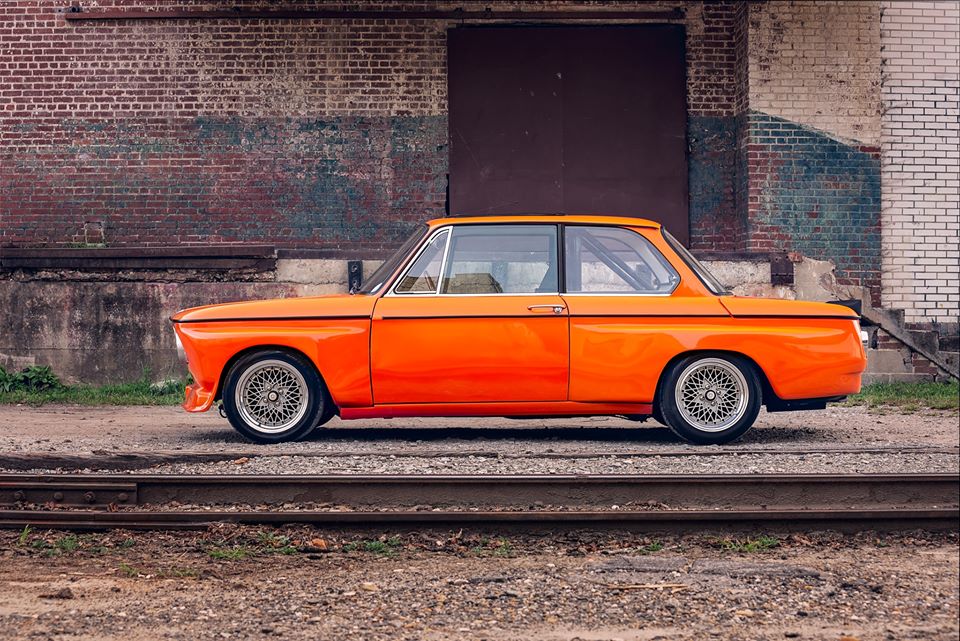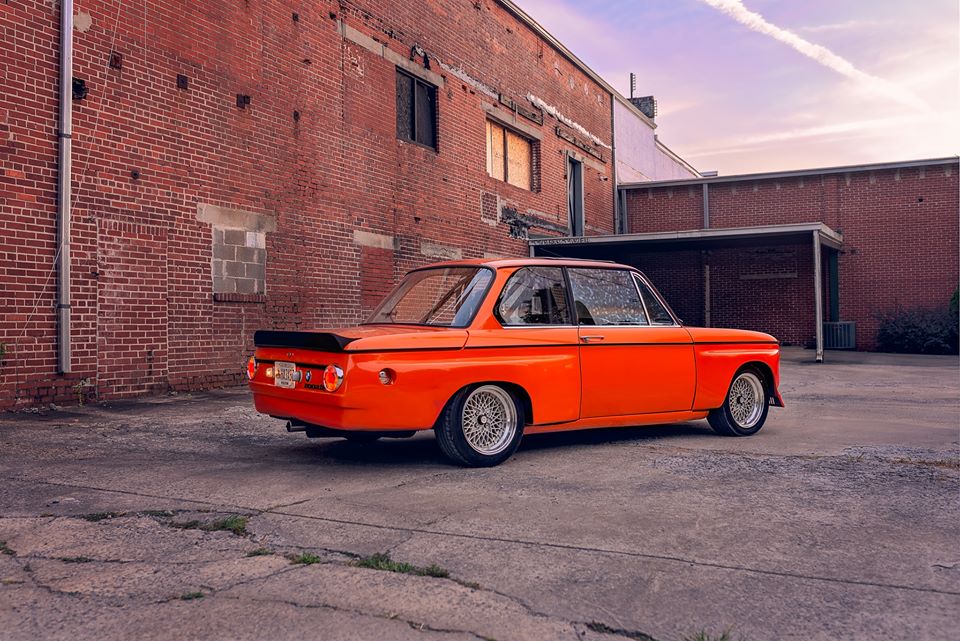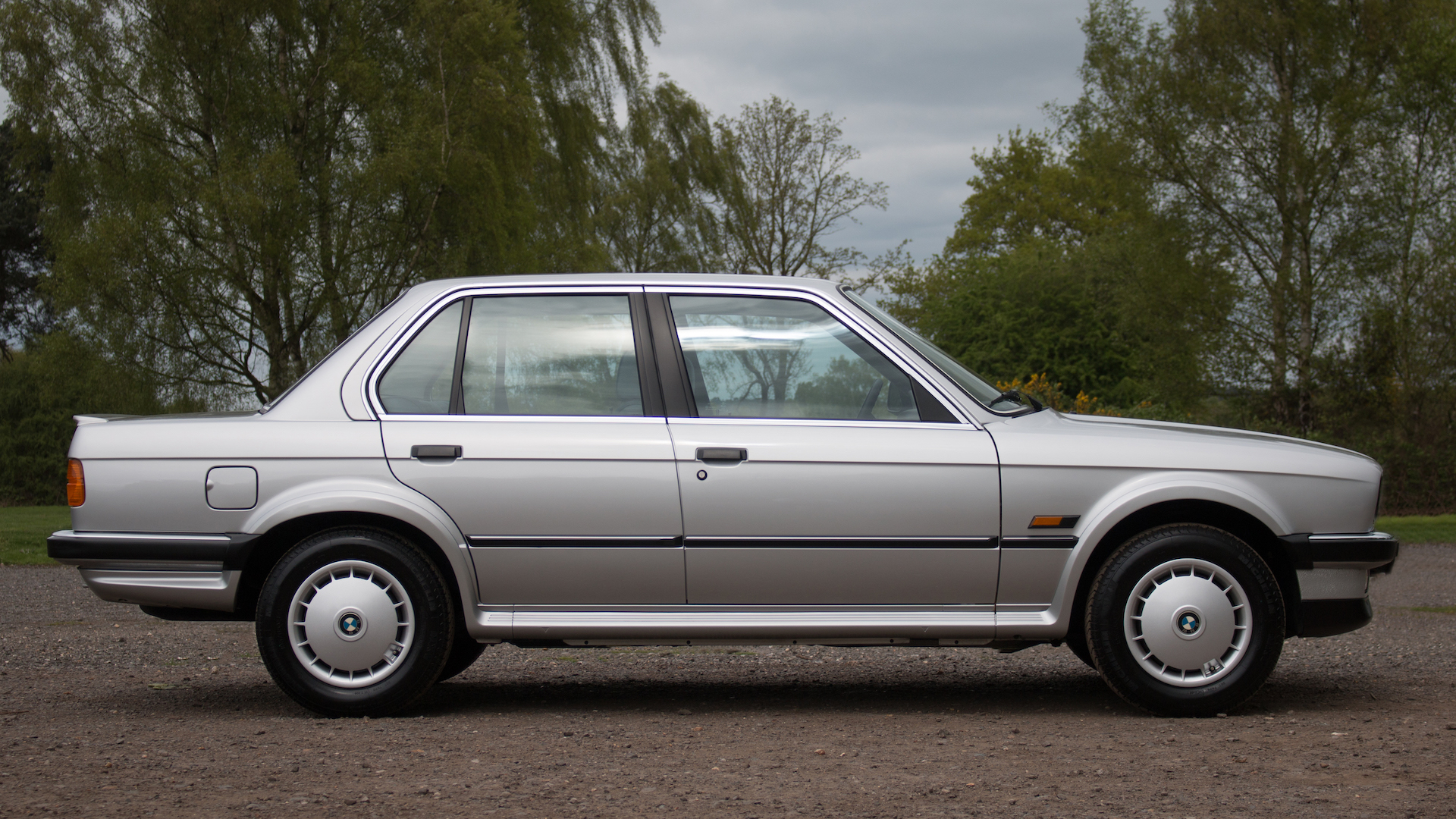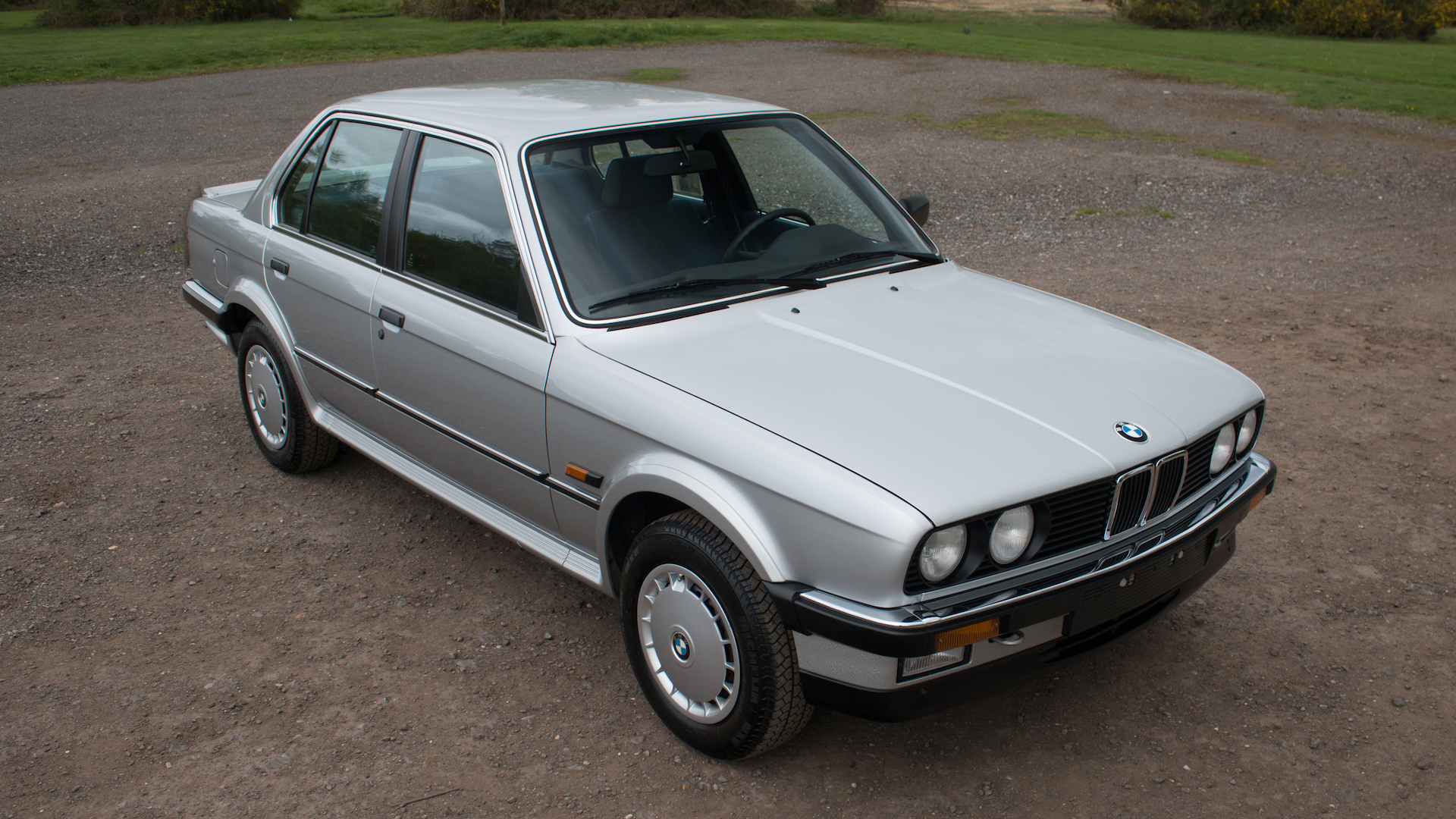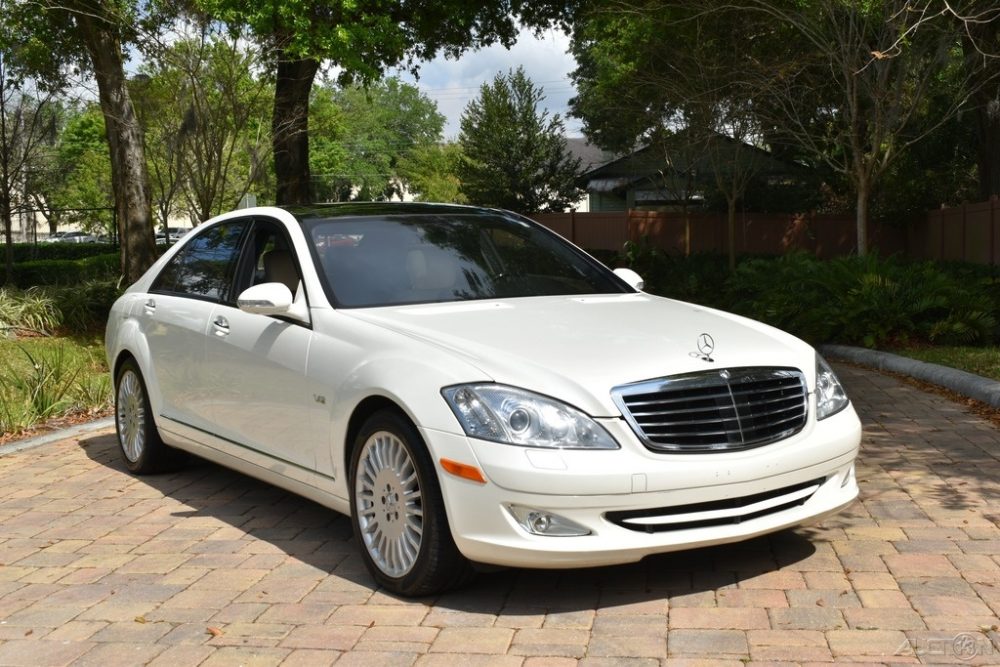While some other aftermarket tuners such as Ruf and Renntech offer turned up versions of the already potent cars, Alpina operates slightly differently – filling in the voids of models not offered by the manufacturer. There are plenty of examples of this, and if often seems to be misunderstood; Jeremy Clarkson’s review of the Alpina Roadster is probably the most notable case. A slower, softer, automatic version of the hardcore roadster certainly doesn’t make a lot of sense at first glance. But what Alpina does is give enthusiasts the opportunity to enjoy the performance that BMW offered in a slightly different package that sometimes outperforms the original platform car. One of the notable missing gaps in the BMW lineup in the mid 90s was a faster version of the E36 Touring; building off the earlier B6 – effectively, Alpina’s 4-door M3 challenger built between 1992 and 1993 with a bespoke engine and typical Alpina upgrades, the company later launched the Japanese-only market B6 2.8 Touring. Produced between 1996 and 1998, only 136 of these small wagons were produced, again utilizing the 240 horsepower bespoke Alpina motor, special wheels and interiors, Alpina’s own body kit, exhaust and suspension. They were available in 3 colors only; red, green, and silver:
German Cars For Sale Blog Posts
Purists, swipe left.
Still here?
Okay, great, because this is not only one hell of a cool 2002, I think it’s a great deal, too. What are we looking at? Well, what started life as an Inka 2002tii ‘Roundie’ has been hitting the gym and now sports a Zender body kit, SSR mesh wheels, a half-cage with Recaro cloth seats, E21 brakes, and a host of other mechanical and cosmetic refurbishments to leave one seriously sweet piece of ’02 eye candy. The asking price? Less than you’d expect!
CLICK FOR DETAILS: 1973 BMW 2002tii Zender Widebody on eBay
3 CommentsWhile BMW wouldn’t launch the U.S.-spec iX until 1988, Europeans were introduced to the concept in 1986. Unlike Audi’s quattro system which utilized a rearward driveshaft tacked on to a front-wheel drive transmission output shaft, BMW mated a transfer case and two viscous couplings, which effectively were front and rear limited-slips. This was very different from Audi’s contemporaneous system, which relied on the driver to lock the rear and center differentials that were otherwise open. The 325iX was able to be mated to an automatic transmission long before Audi would do so in the small chassis. BMW’s system was also more rearward biased, with 67% of the power being sent to the back wheels. While still more prone to understeer than a standard 325i, it was less so than the Audi.
But outside, there was little fanfare to celebrate the massive change in drivetrain technology. The iX just got a simple lower body kit similar to the Scirocco 16V kit and a single “X” after the 325i designation on the trunk. That’s it. European examples could even be more stealthy, like this ’86 that sports wheel covers. And this one in particular is quite special, as it’s never been road registered and has traveled just 500km since new. Pricing? The ‘E30 Tax’ is strong, my friends.
CLICK FOR DETAILS: 1986 BMW 325iX on SuperVettura.com
3 CommentsIn terms of depreciation of the W221 Mercedes-Benz S-Class, we are probably near the bottom. A little bit of a double-edged sword as prices are well in to affordable range, but that means they are also getting into the hands of those who maybe aren’t staying up on the maintenance. On today’s car, a 2007 S600, maintenance is a way of life. Believe it or not, a twin-turbo V12 from 14 years ago isn’t the nightmare fuel you’d guess it to be. Outside of a few small things, Mercedes really did an outstanding job making these V12 durable in terms of what disasters V12 in general can become. However, this isn’t all roses. We are talking about large sums of money to drive a 14 year-ago car that probably isn’t impressing anyone outside of a handful of people and of course, me.
